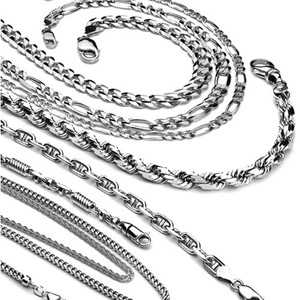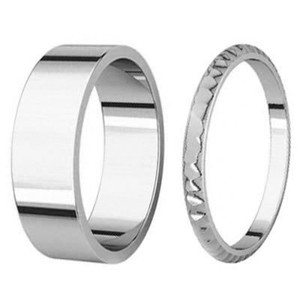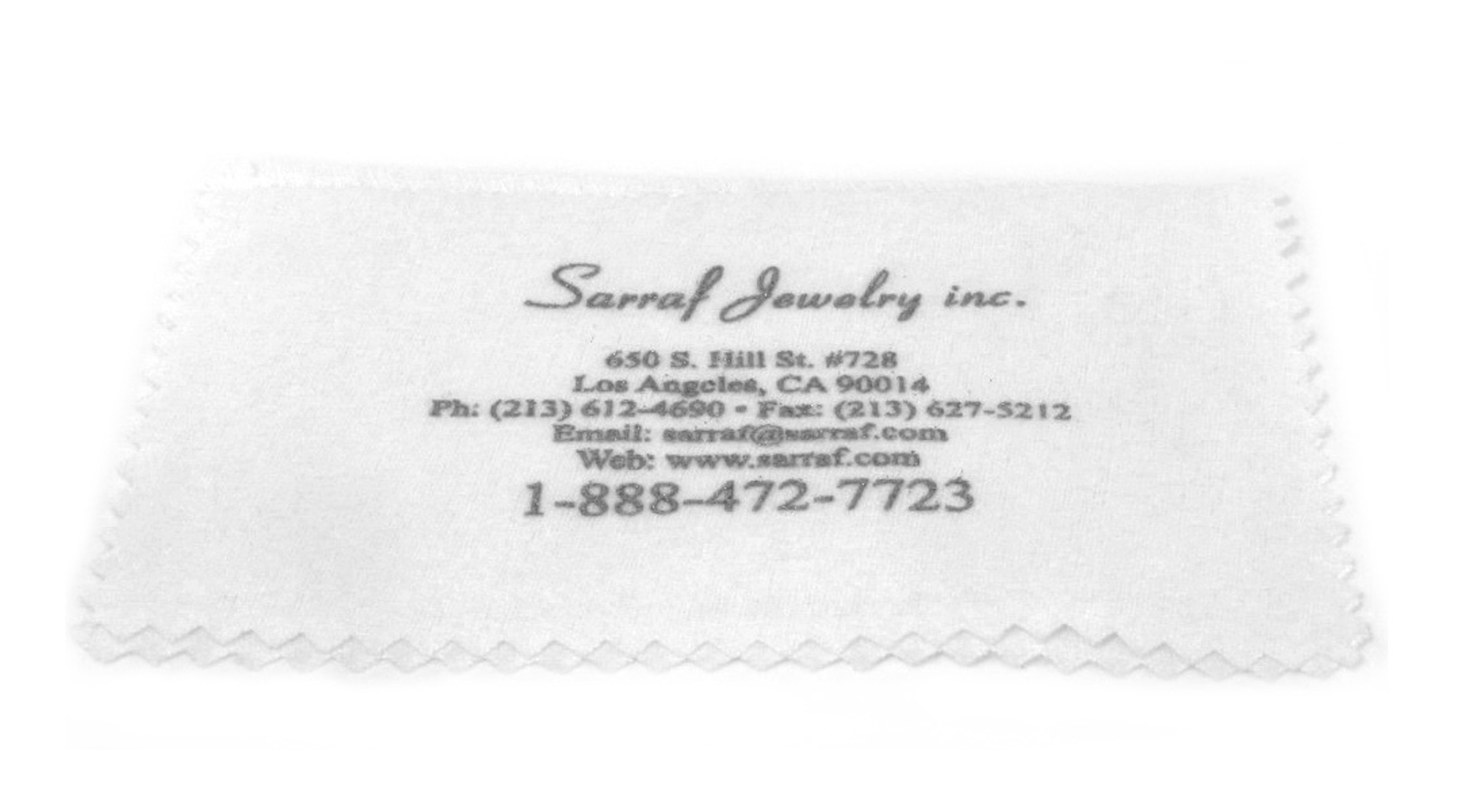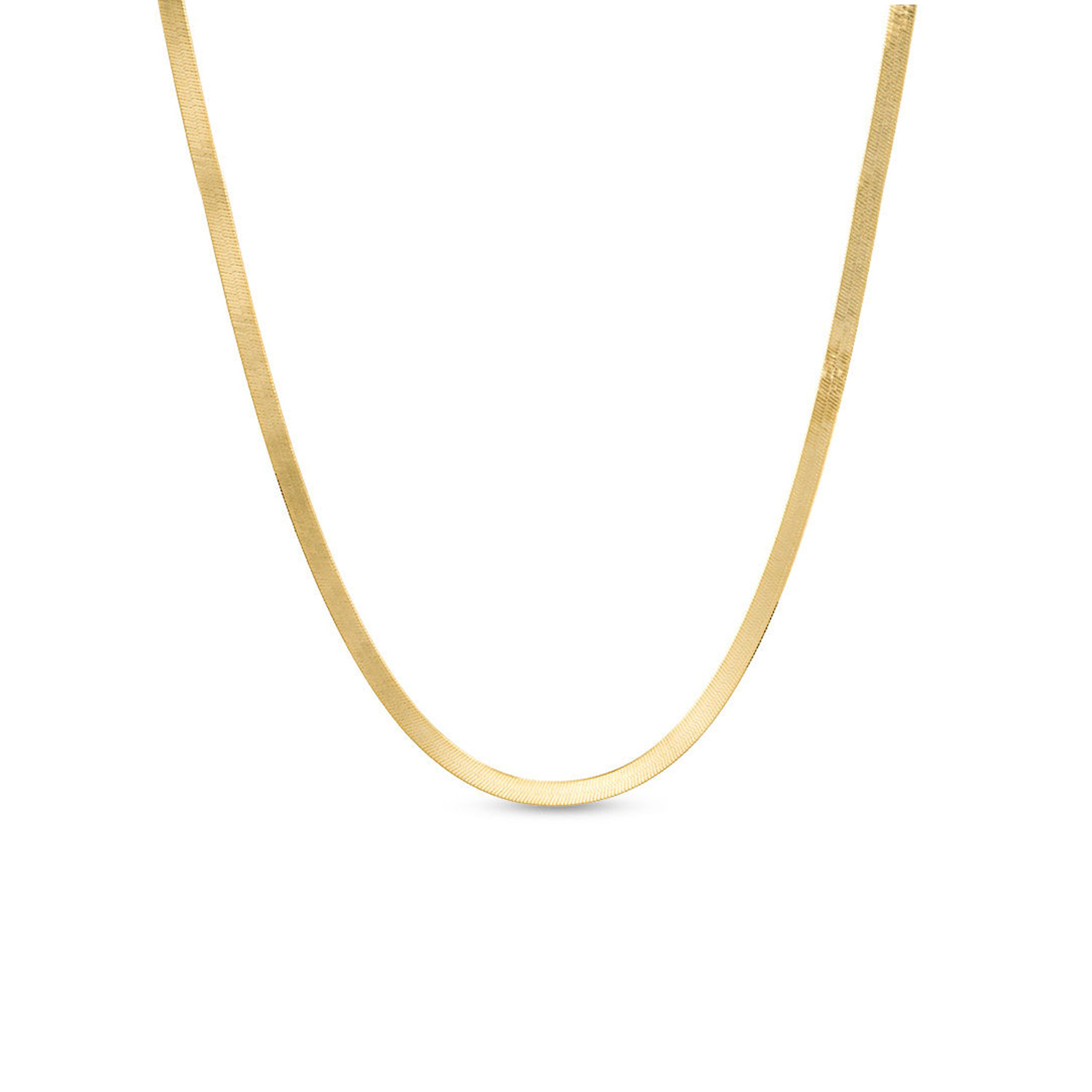

10k White Gold
Most Popular Products
-
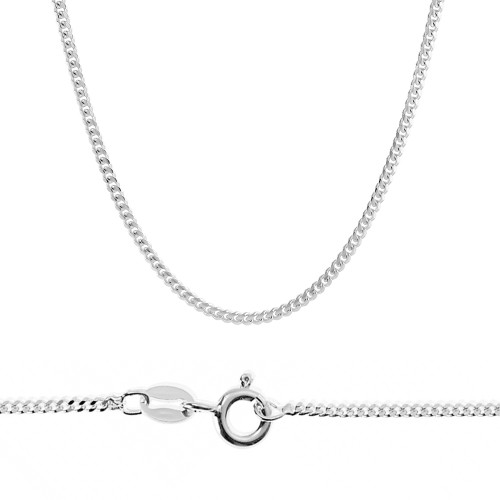
-
 Add to Cart The item has been addedAdd to Cart The item has been added
Add to Cart The item has been addedAdd to Cart The item has been added -
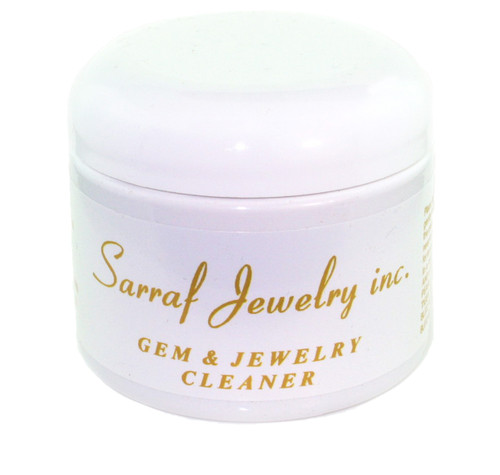 Add to Cart The item has been addedAdd to Cart The item has been added
Add to Cart The item has been addedAdd to Cart The item has been added -
 Add to Cart The item has been added
Add to Cart The item has been addedSarraf.com
Sterling Silver(Nickle Free) 1.5 Mm Curb Link Chain 16 Inches
MSRP: US$193.00Was:Now: US$55.00Add to Cart The item has been added -

Sarraf.com
14k Gold 1 gram Pamp Suisse Credit Coin 4 Prong Bezel 15.3mm x 8.8mm
MSRP: US$354.00Was:Now: US$101.00 -
 Add to Cart The item has been added
Add to Cart The item has been addedSarraf.com
18k Yellow Gold Rolo (cable) Link Chain 0.7mm 16 Inches
MSRP: US$900.00Was:Now: US$257.00Add to Cart The item has been added -
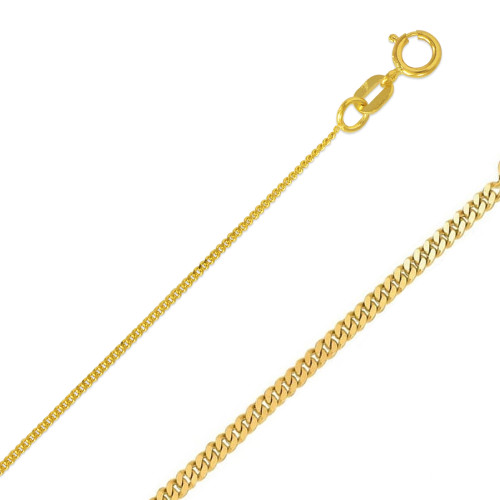 Add to Cart The item has been addedAdd to Cart The item has been added
Add to Cart The item has been addedAdd to Cart The item has been added -
 Add to Cart The item has been addedAdd to Cart The item has been added
Add to Cart The item has been addedAdd to Cart The item has been added -
 Add to Cart The item has been addedAdd to Cart The item has been added
Add to Cart The item has been addedAdd to Cart The item has been added -
 Add to Cart The item has been addedAdd to Cart The item has been added
Add to Cart The item has been addedAdd to Cart The item has been added
Best Sellers
-

Sarraf.com
14k Gold Tr- Color Heart Bangle Round Edgings Earrings 13mm W X 43mm D
MSRP: US$3,994.00Was:Now: US$1,141.00
!

